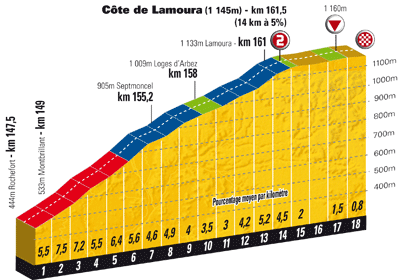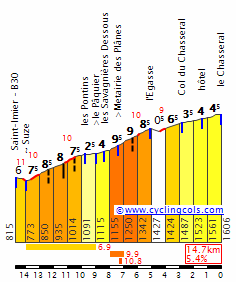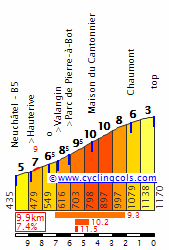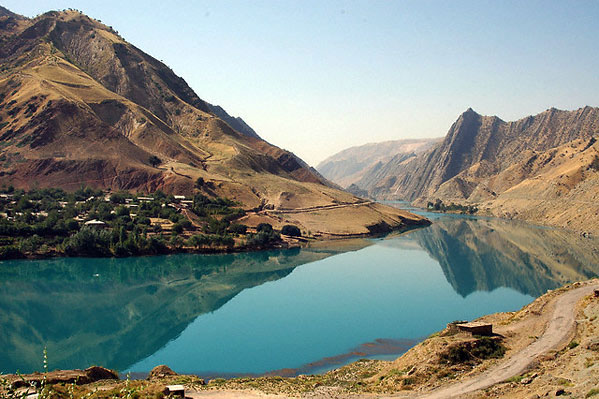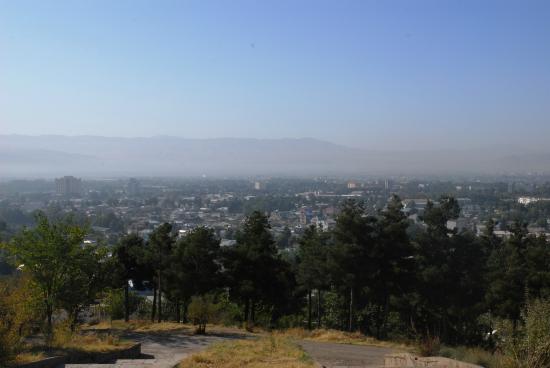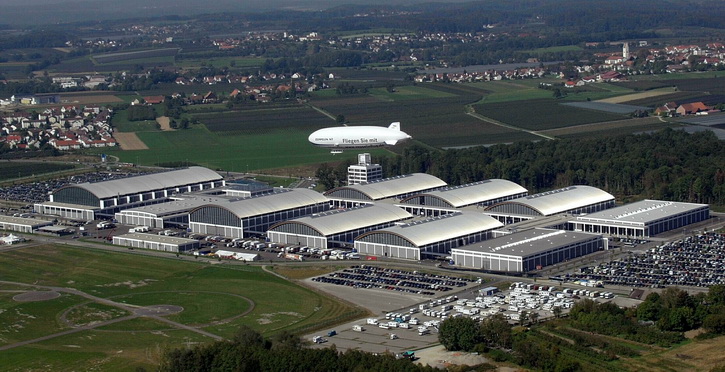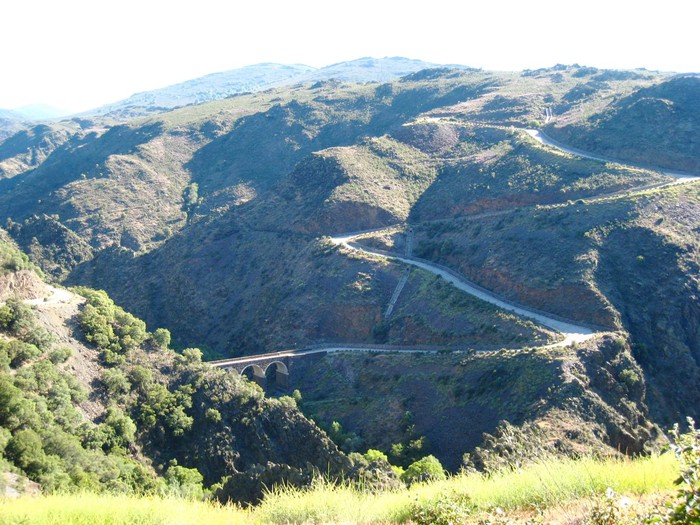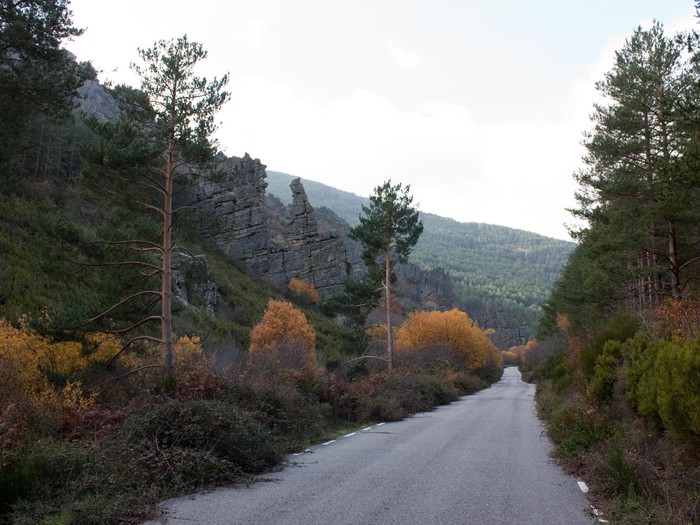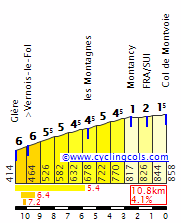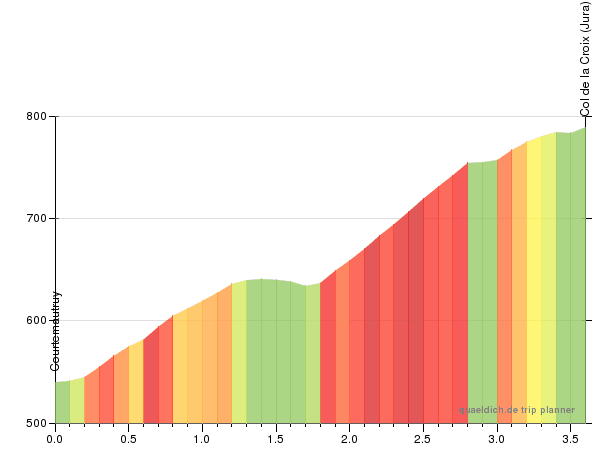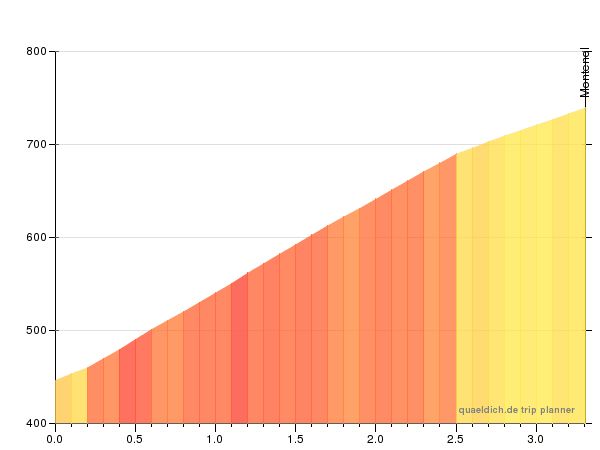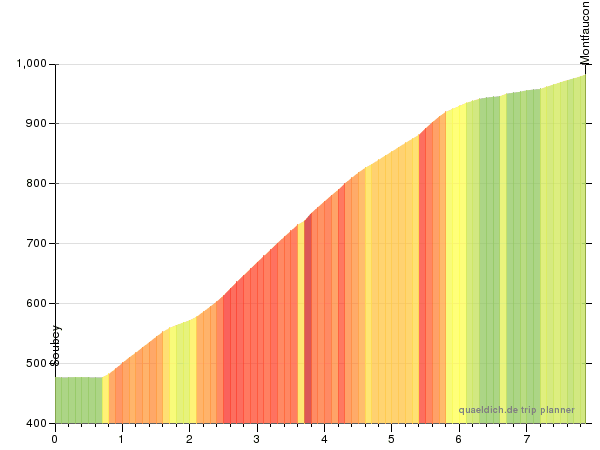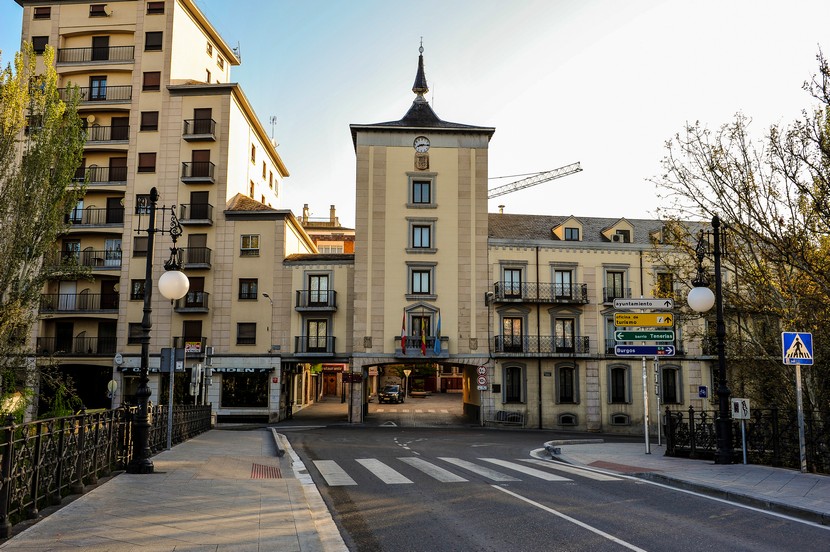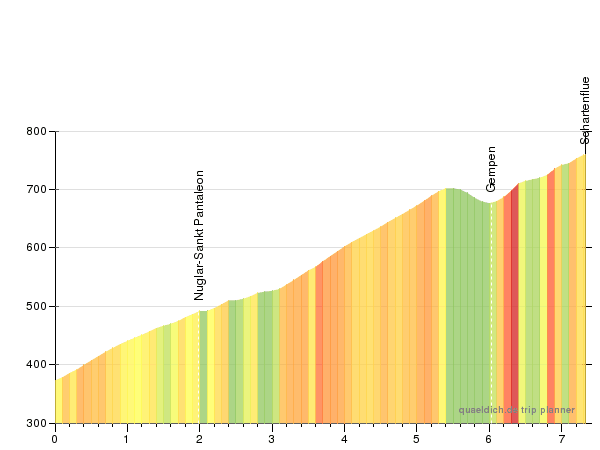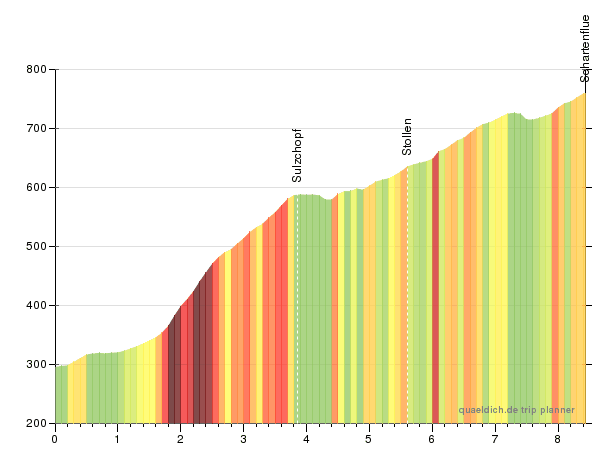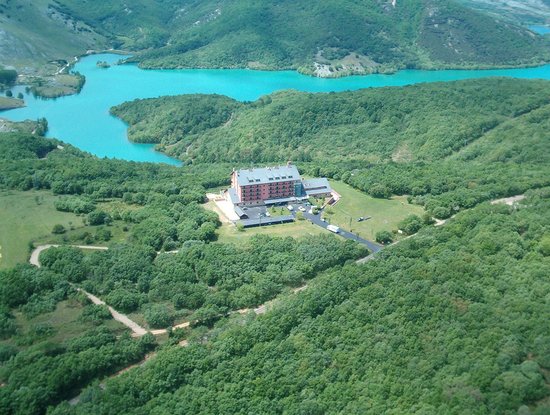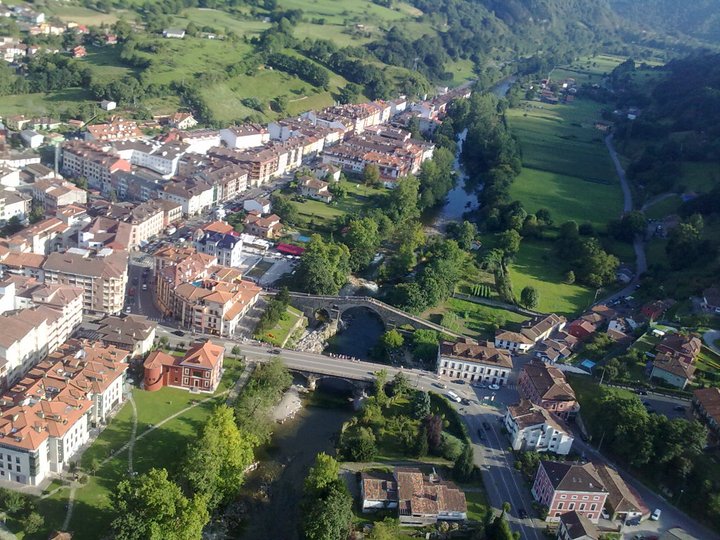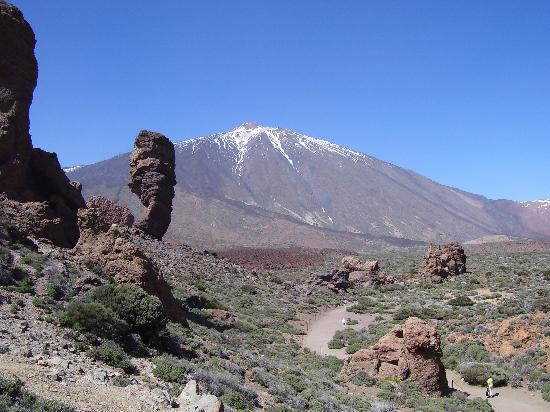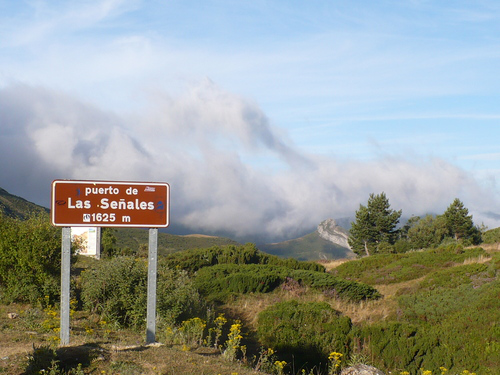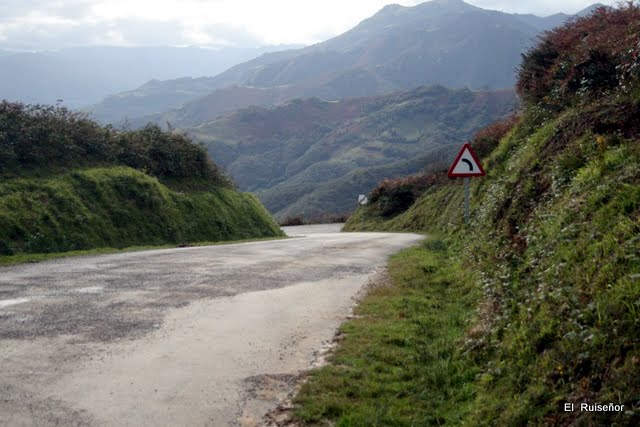LCC - minus points for Mittenwald start with no mention of Molly

I need to get on with this Vuelta because wintersports are coming (HALLELUJAH) and so Spain will be falling fast from my route-designing priorities.
Stage 14: Cangas de Onis - Alto de La Cobertoria, 189km
GPM:
Collado Arnicio (cat.2) 9,6km @ 5,9%
Puerto de Las Señales (cat.1) 18,2km @ 5,2%
Puerto de San Isidro (cat.3) 14,7km @ 2,5%
Collado Puerco (cat.1) 7,8km @ 9,6%
Alto de La Cobertoria (cat.ESP) 9,9km @ 8,8%
With zero transfer from yesterday's stage we head into the penultimate weekend with another HC mountaintop, which though one of the Vuelta's most well known summits has never been a mountaintop finish from this, its most difficult side. No need to continue on from the summit to Gamoniteiru, this is hard enough in its own right.
As things stand, the stage is all about the last couple of climbs, but it's not an easy stage before that, just that the climbing is more gradual and less hellacious. The first ascent is a Vuelta staple in east-central Asturias,
Collado Arnicio, which I also used as an early-stage climb in my stage to Angliru in my third Vuelta (which could also have copied this stage as far as Cuchu Puercu if I was a bit more sadistic). The last five kilometres averaging over 7% mean it's not easy, but its function here will only be to ensure a decent composition to the breakaway, I think.

Descending from this, we take one of those long, drawn out, lopsided climbs that run from the low mountains and lead up to the high plateau, much as Orduña, Escudo, Sía, Estacas de Trueba, San Glorio, Palombera, Pajáres, Ventana and Somiedo do (also Pontón, which we descended yesterday). Some of these are genuinely tough climbs (Escudo for its steepness, the second half of San Glorio, Pajáres is highly historic as well), but many are relatively gradual, and so it is with today's climb, the Puerto de Tarna. Luckily for us, above the Puerto de Tarna there's a little extension in the northern Leonese mountains shortly after the crossing (at Tarna) between Asturias and Castilla y León, enabling us to continue climbing for a few kilometres up to the
Puerto de Las Señales. Apart from a kilometre at 8% on a relatively early ramp, this is pretty consistent; no kilometres after that initial rise top 7%, and the max is just 10%. This is a perfectly wide and commonly used road; only the last few kilometres from Tarna to Señales will provide any real issue on that side of matters - and even then, the riders use far, far worse roads all over Europe. These are fine.
After descending into Puebla de Lillo, the riders have the easiest, most gradual ascent of the day, to the Puerto de San Isidro from
by far its easier side. San Isidro is another of those lopsided climbs as we're now headed back into Asturias; the name is probably familiar to you all from the 2008 Fuentes de Invierno (named for the ski station off a trunk road at the summit) stage, which was won by Alberto Contador after he and Levi Leipheimer sucked Ezequiel Mosquera's wheel as he dropped all but the Astana duo, before popping out to take the stage with 200m to go, causing Xacobeo team boss Álvaro Pino to explode (not unjustifiably) with disgust. Here, there will not be any such action, as the difficult side is instead used as a tricky technical descent leading up to our final chapter, as all of the important action here will be in the final 40km.
Just before the riders arrive in Pola de Lena for the first time, however, there is a surprising "no puntable" climb. Realistically, we should categorize the Alto de Carabanzo, as it is 2,2km at 9,4%, a very serious climb as noted on
this profile. It was also the final climb of the day in the 2013 Vuelta a Asturias first stage, just a few kilometres from the finish in Pola de Lena, a stage paved in greatness, for it was the site of Amets Txurruka's first career win. The aim here is to have riders a little off-guard before heading through Lena for the first time before starting the double act that will break the race apart.

Pola de Lena, realistically, should be to the Vuelta what Cortina d'Ampezzo is to the Giro, or Briançon is to the French Alps. It is a hub from which a great many mountains can be accessed. To the south, the road forks with the Puerto de la Cubilla, an unused grind of a climb nicknamed the Spanish Galibier, to the west and the storied Puerto de Pajáres (plus its extension to Cuitu Negru) to the east. To the north it can be appended to Carabanzo which can be introduced via a number of other climbs. To the west of Lena, there is the Alto de La Cobertoria, from its hardest side. To the north there is the mid-length but steep Alto del Cordal. These two climbs are connected, however, by a third tough road which heads along a mountain ridge ascending above Cordal and rejoining the Cobertoria road a little before its summit. This is the Collado Puerco (known better by its Asturian name, Cuchu Puercu), and it's an undiscovered potential Vuelta beast.
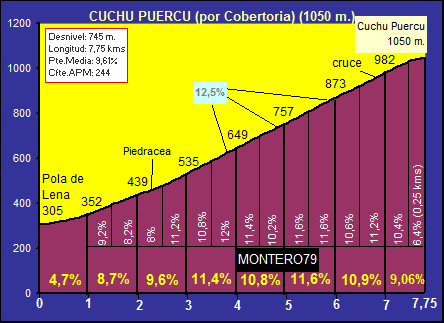
Like many climbs around here, Cuchu Puercu has many sides, but here is arguably the toughest. It includes the toughest part of the Cobertoria ascent, the 5km at over 11%, with a final kilometre after splitting with the Cobertoria road
onto a smaller, narrower road at over 9% as well. This may be seen as an unusual way of going about drawing a GT climbing stage, with two times the same ascent only not going quite to the top the first time, however it's not uncommon in Spanish racing. The Tour may have utilized the format with a loop with Alpe d'Huez in 2013, however the Vuelta has used this exact format in the past, for example in 2008 with the
La Rabassa stage with Coll de la Rabassa first and Naturlandia hosting the summit finish; also it is the format used repeatedly in the queen stages of two of the main Spanish short stage races, both the Alto de Ixua preceding Arrate in the Vuelta al País Vasco, and the Pasil de Rozavientos preceding Lagunas de Neila in the Vuelta a Burgos. Therefore I have no concern that this will be an unusual or unacceptable course design to the likes of Guillén. Also, the short and sharp nature of the climbs around here mean that the summit is just 22km from the line, even though for the most part the biggest GC riders will likely wait for the final climb given how steep it is. Half of that is taken up by the
tricky descent via the Alto del Cordal, the last 5,5km of which average nearly 9% but has been descended in the Vuelta in both 2014 and 2015.
After this, an intermediate sprint in Lena, and then it's on to the famous Cobertoria climb... but like with San Isidro, the Vuelta has only ever used it as a summit from the opposite side (most recently used in 2006, when the Kazakh Bonnie and Clyde did their thing, with Vino winning but Valverde defending the maillot oro with Kashechkin in 3rd). They only recently discovered that, actually, for years they'd been descending the side they should have been climbing, owing to some absurdly hard gradients in the middle.
5,2km @ 11,5% in the middle there! A max of 16%! No, it's not the Zoncolan. But it is
similar to Giau, but with an MTF. But also proving beneficial to the spectacle is that the last couple of kilometres are much easier, so you can't leave it late to attack here. It's hard enough that it should be breaking people up and meaning it becomes a race of attrition even if riders are conservative; but after Cuchu Puercu the riders will also have had a look at the steepest parts and know what they need to do as well. This may well be a one-climb stage, but there should be plenty of spectacle on that one climb. Especially as fans will hopefully crowd the toughest part of the climb, seeing the riders twice.
